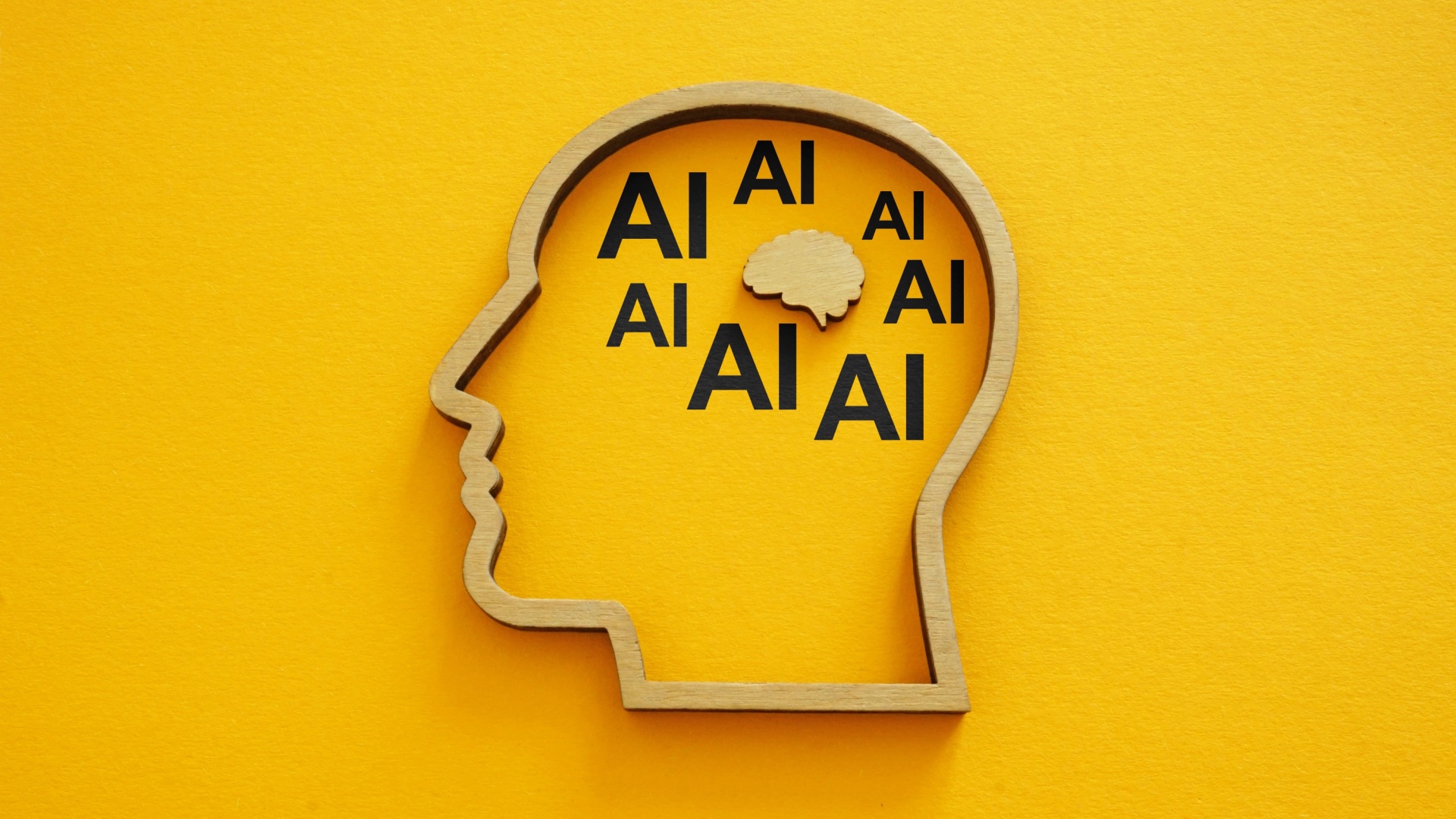
Not long ago, enterprises struggled to infuse AI into products and campaigns. Today, the pendulum has swung in the opposite direction — from scarcity to saturation. AI now shows up everywhere across the tech stack:
- 43% comes embedded in existing software.
- 22% is brought in by business units.
- 35% is developed internally.
And the pace is accelerating — by 2026, over 80% of software vendors will embed generative AI into their products, per Gartner. In other words, AI will flood your stack even if you stand still.
Yet abundance hasn’t delivered better marketing outcomes or deeper customer relationships. Many buyers feel more overwhelmed and less understood than ever.
The power shift to buyers
The fundamental shift in 2025 isn’t technological — it’s behavioral. We’ve moved from a product-led world where companies push solutions to a buyer-led world where customers control the journey.
Automation alone can’t earn attention, trust or loyalty in this new reality. People want more than features and benefits. They want to:
- Feel seen and noticed: Recognized as individuals with unique needs and priorities.
- Be part of the decision‑making: Informed and respected in the process.
- Trust the company: Believe in its credibility and reliability, and align with its values.
When companies overlook these expectations, no amount of automation or product innovation can close the gap.
Dig deeper: 5 ways to get your B2B buyers to care in 2025
Buyers are overwhelmed by irrelevant noise
AI-powered personalization promised to make marketing more relevant. Instead, it often delivers noise at scale. According to Attentive:
- 81% of consumers ignore marketing messages that aren’t relevant.
- 71% feel frustrated by impersonal or irrelevant brand communications.
Rather than building trust, many AI-driven campaigns churn out volume without value. Over‑automation creates the illusion of personalization but misses the emotional and contextual cues that make messaging resonate.
When optimization outpaces empathy
Many have optimized workflows in the rush to deploy AI but left empathy behind. They boost targeting and automation while neglecting the storytelling, listening and emotional intelligence that build trust.
While personalization can drive 10%-20% revenue lift, its impact collapses when customers perceive it as inauthentic or intrusive, per McKinsey research. The real risk? Becoming mind‑rich but heart‑poor: drowning in AI outputs without the human insight to use them wisely.
Dig deeper: Orchestrating empathy where your funnel falls short
Beyond the funnel: From broadcast to buyer‑led precision
The linear funnel — awareness, consideration, decision — no longer reflects reality. Buyers today zig‑zag, loop back, ghost vendors for months and often avoid direct contact until late in the decision process. Up to 73% of B2B buyers expect vendors to understand their unique needs before they ever speak to a sales rep, according to Salesforce.
Spray‑and‑pray is dead. The new imperative is buyer‑led precision:
- Do the homework before you engage: Map likely buying signals, industry context, decision‑maker priorities and known friction points before you reach out.
- Use content as reconnaissance: Publish high‑value, targeted content that draws buyers in and lets you observe what they care about — what they click, download, share or ignore.
- Listen for signals, not just stages: Buying intent now surfaces in small moments — a LinkedIn comment, a podcast download, a topic shift in a customer community. These micro‑signals matter more than where someone is in your funnel.
- Tailor messaging to readiness: Don’t push a demo to someone still exploring. Match your outreach to where their behavior tells you they are.
The shift is clear: buyers don’t want you to talk until they’re ready. They expect you to arrive informed, relevant and trustworthy when they are.
Market shapers focus on the unmet
Only 14% of CMOs excel at anticipating and fulfilling customer needs before the market catches on — but those who do are 2.6 times more likely to exceed revenue and profit goals, Gartner found.
Market‑shaping leaders succeed because they:
- Bridge gaps between what the market needs and what the business delivers.
- Use customer and market insights to guide product roadmaps.
- Shape demand with thought leadership that reflects deep buyer empathy.
Edelman’s Trust Barometer reinforces this. Brands seen as understanding and addressing unmet needs enjoy a 2–3 times higher trust score than peers. In a buyer‑led market, trust is the ultimate differentiator.
Dig deeper: Your GTM strategy needs a buyer-centric redesign
Responsible AI as a competitive edge
While the buyer lens comes first, governance still matters. Trust, Risk and Security Management (TRiSM) is emerging as a key safeguard.
AI TRiSM frameworks set the rules for safe, ethical AI use, ensuring automation doesn’t compromise trust or relevance. They act like a quality filter, preventing biased, tone‑deaf or non‑compliant messaging from reaching the customer.
Slowing down to what matters
In this saturated environment, doing more, faster, isn’t the answer. The brands that will win are those that:
- Slow down to understand buyer context.
- Invest in homework and listening before engaging.
- Use AI to amplify insight, not replace it.
- Build trust and credibility as carefully as they build campaigns.
The future belongs to brands that earn relevance through preparation, precision and empathy. In a buyer-led world, it’s not the most automated company that wins, but the most understanding.
Dig deeper: Adapting your GTM to win the AI-driven buyer
The post Reclaiming relevance in an AI-overloaded, buyer-led market appeared first on MarTech.
Go to Source
Author: Tanya Thorson

